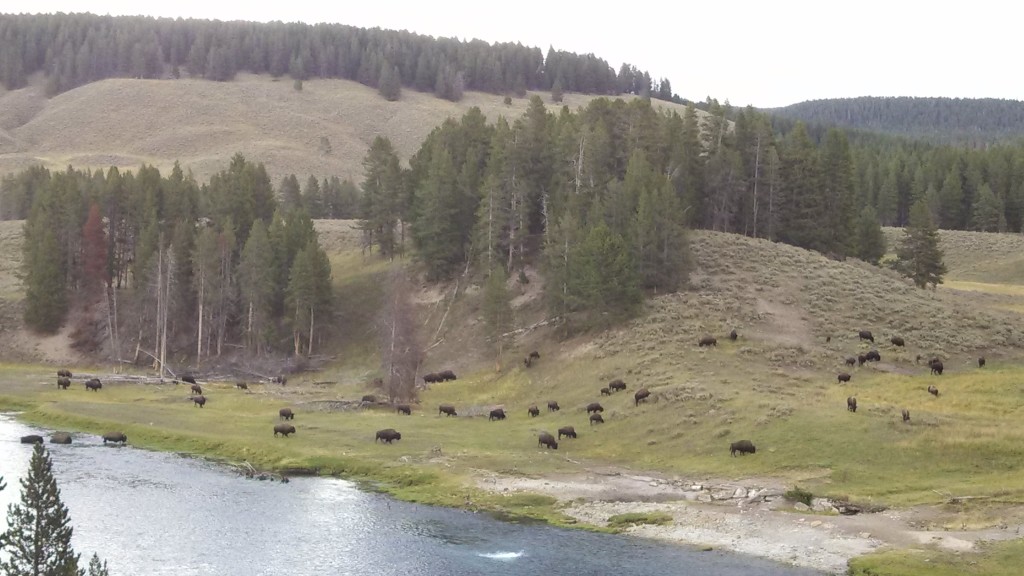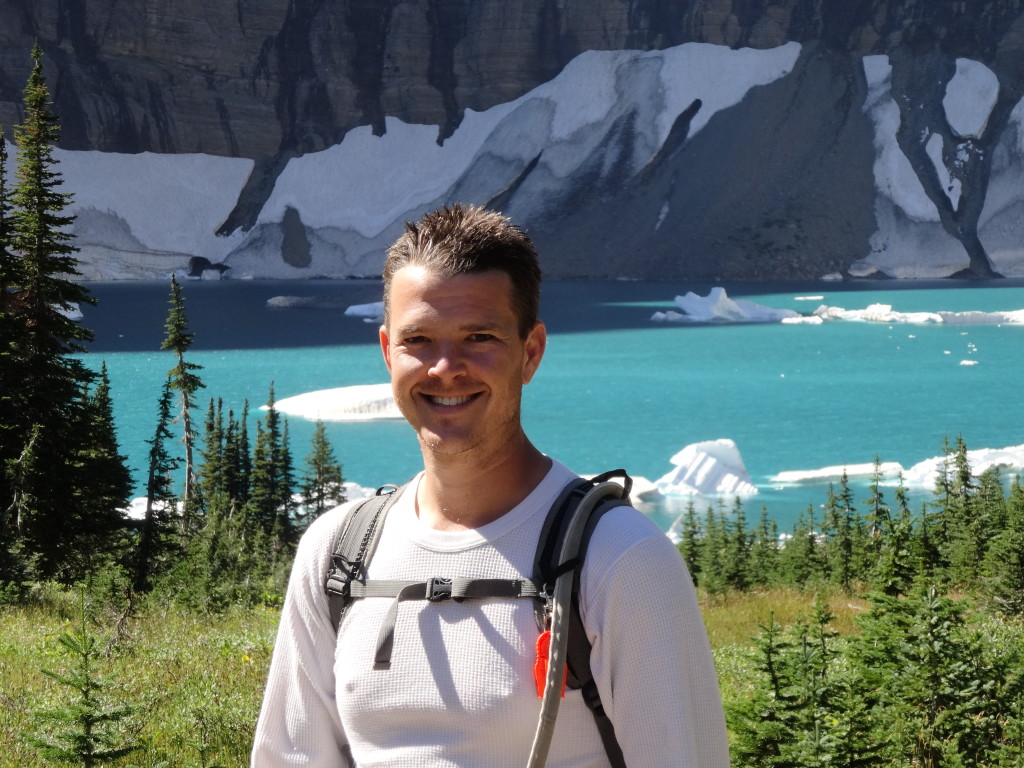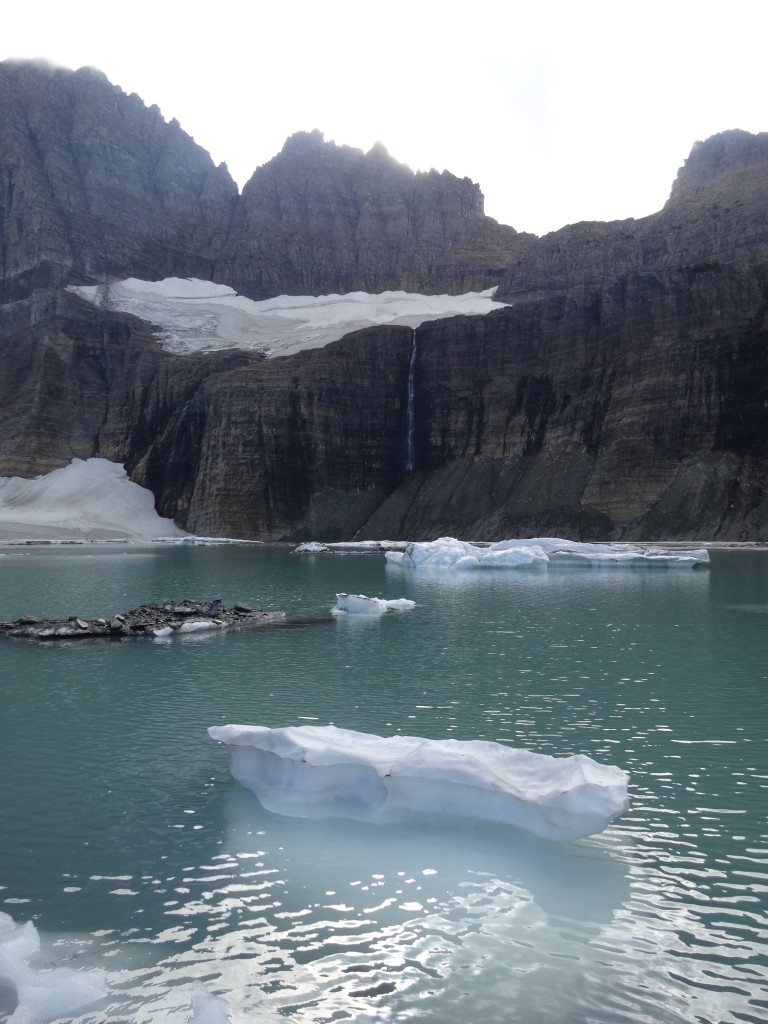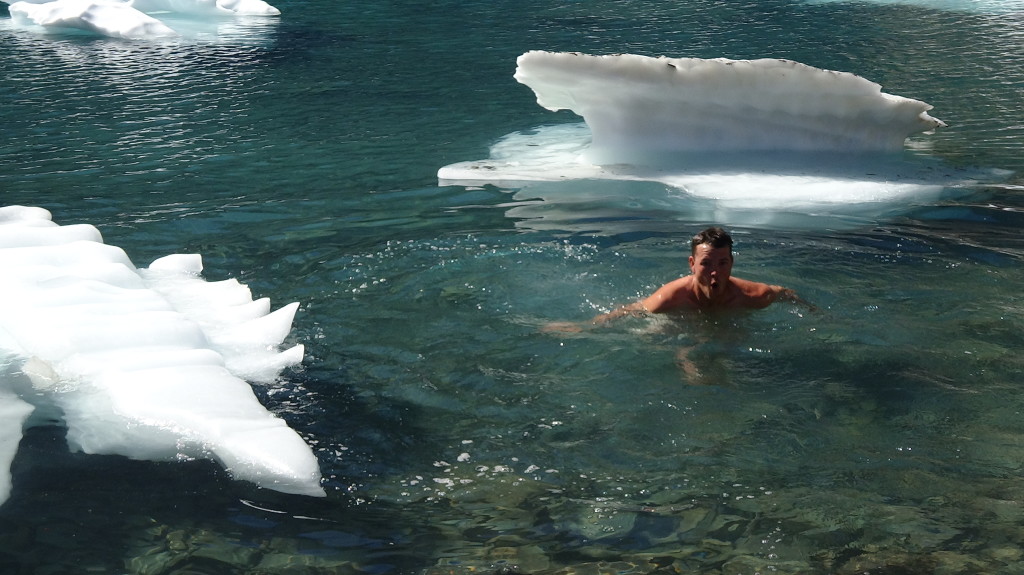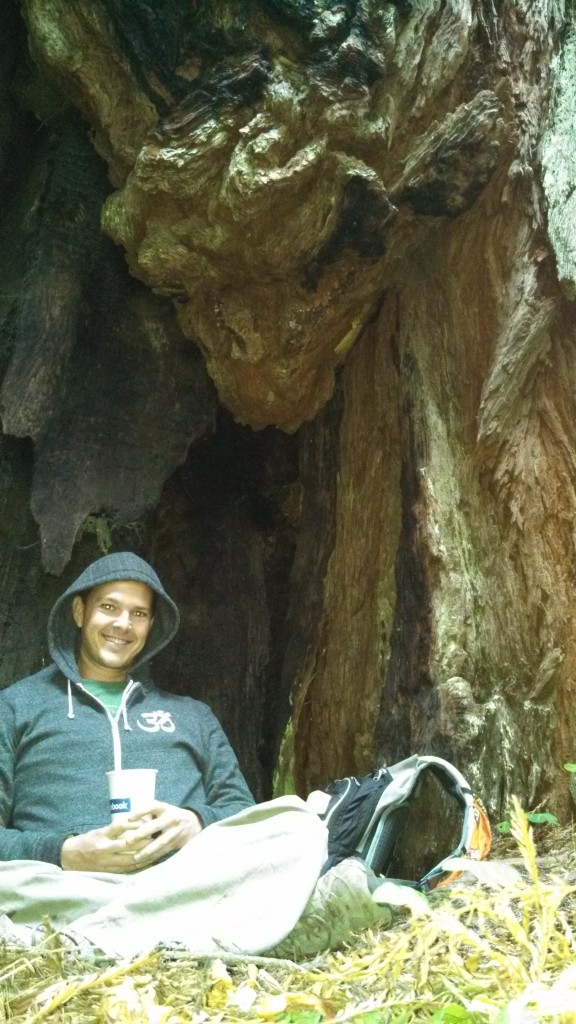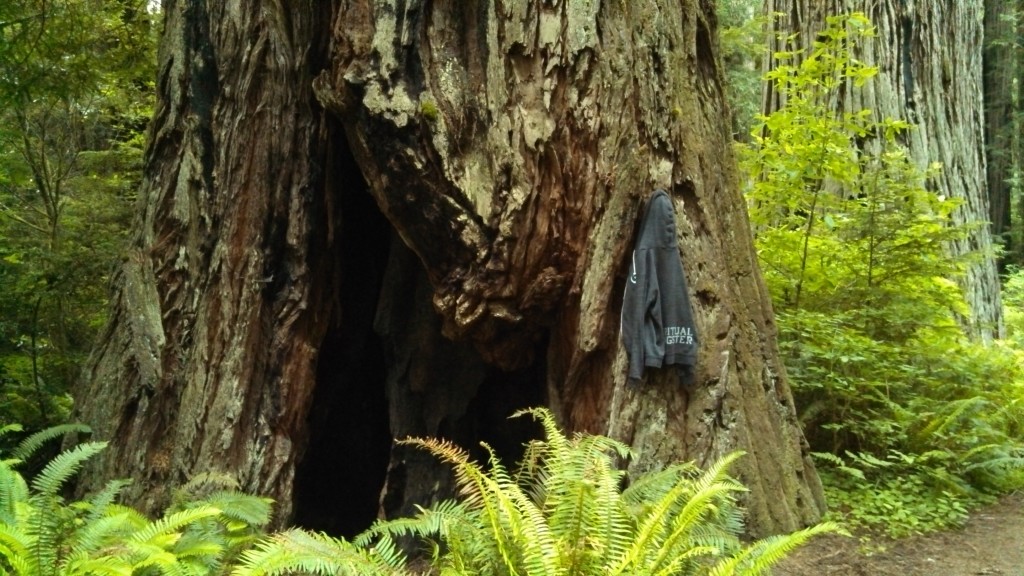I watched a family of ducks swimming as I drank my coffee this morning at Lassen Volcanic National Park’s Manzanita Lake.
It occurred to me that I was still angry about Cecil the Lion, but not for the reason you probably think. Every time I see a Facebook post about Cecil the Lion, or Blackfish, or the Salt River horses, I get angrier.
Not just because those beautiful animals are captive or dead, but because the response to those situations feels so disproportionate to the crime. After all, how many pigs do we hold captive and kill daily to feed our bacon obsession?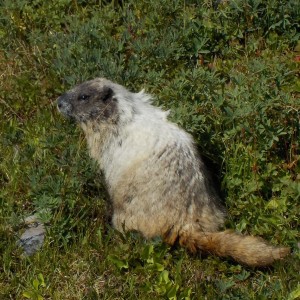
We care deeply about big majestic mammals like lions, orcas, and wild horses. We care so deeply in fact that many of us are willing to update our Facebook statuses.
Unfortunately, that level of care doesn’t extend to the vast majority of life on this planet. On my travels, I’ve had special experiences with many “lesser” lifeforms than lions and wild horses. Here are five of my favorites.
1. Salmon and steelheads on the Umpqua River. We all know that salmon swim upstream to spawn (making them the true opposite of tuna in Seinfeld wisdom). You can’t truly appreciate what swimming upstream means until you see them battling against the seemingly insurmountable falls along the Umpqua River in southern Oregon.
2. Canada geese at Tahoe and Donner Lake. My first Meander seemed to sync up perfectly with the northern migration of geese and I shared several lakes with them on warm days in Eastern California. When I see them on the Scottsdale greenbelt in spring, my mind wanders toward summer travels.
3. Banana slugs along the Pacific Coast. Life doesn’t get much lower than these slimy little guys that live along the moss-shrouded rivers of the coast. Long and yellow in the Redwoods, stumpy and green on the Olympic Peninsula, they always make me smile.
4. Marmots in the sub-alpine zone. When I first saw these furry oversized rodents at Olympic National Park’s Hurricane Ridge, I didn’t even know such an animal existed. My favorite encounter was with a precocious varmint at Tuolomne Meadow who just couldn’t understand why I wouldn’t share my PB&J.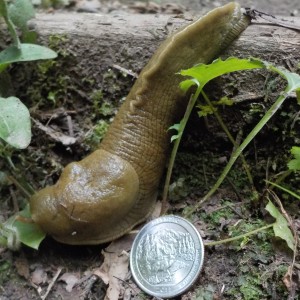
5. Steller’s jays in the Sierra Nevada. They’re annoying as hell when you’re trying to crank out that one last hour of eye mask-aided sleep, but watching these beautiful blue birds hop from campsite to campsite looking for crumbs reminds me of lazy mornings reading and journaling in the Sierra Nevada.
My Meanders have often been about big majestic mammals. From bighorn sheep at Grinnel Glacier, to traffic-jamming bison at Yellowstone, to an abandoned black bear cub at Sequoia National Park, I’ve seen some amazing animals.
In my view, the banana slugs and marmots are also sacred and precious manifestations of God (or universe or spirit or whatever noun you prefer).
As I finished my coffee at Manzanita Lake, the relentlessly adorable fuzzy little ducklings passed out of sight. I thought how glad I was that they were paddling along here on this lake and not being fattened up on a farm on their way to somebody’s plate.
Their lives have gotta be worth a Facebook status too, right?
***
Note: Want more of my pro-life ramblings? Check out One Dead Duckling and My Choice to be Vegetarian.
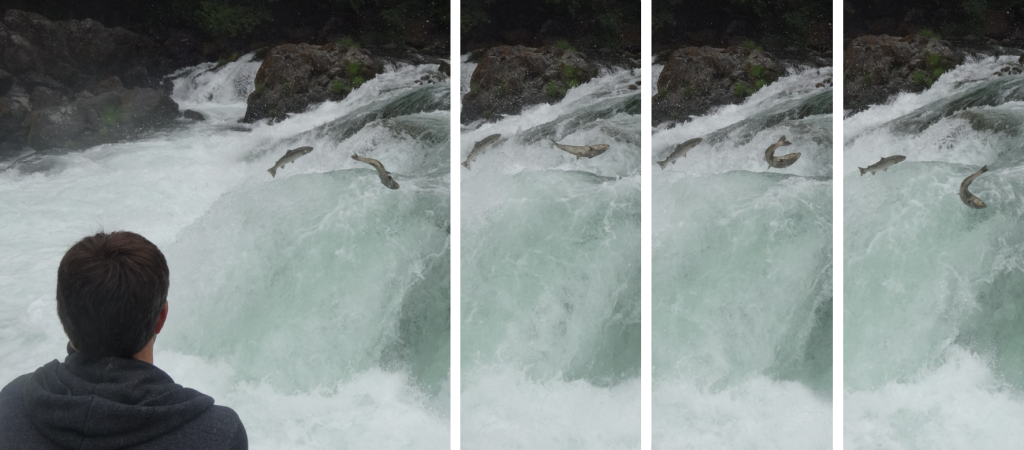
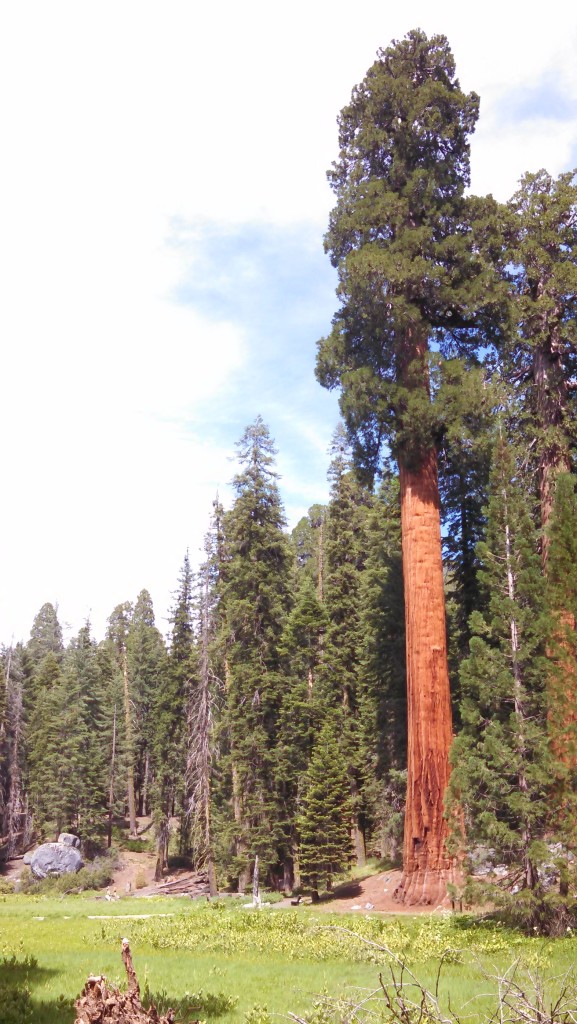
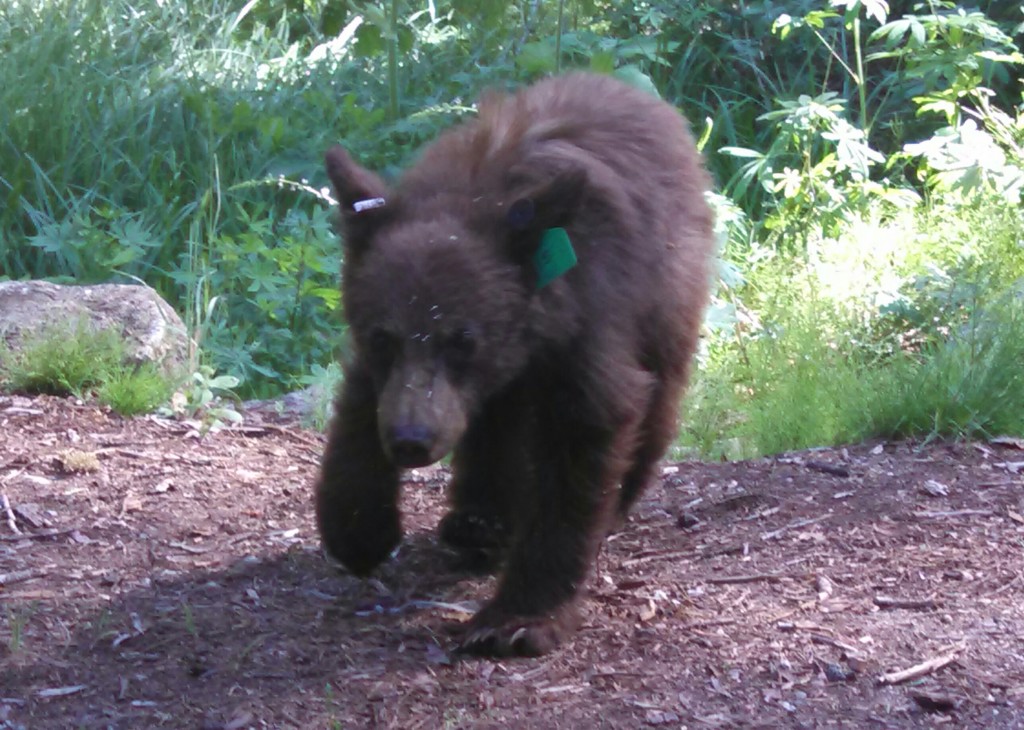
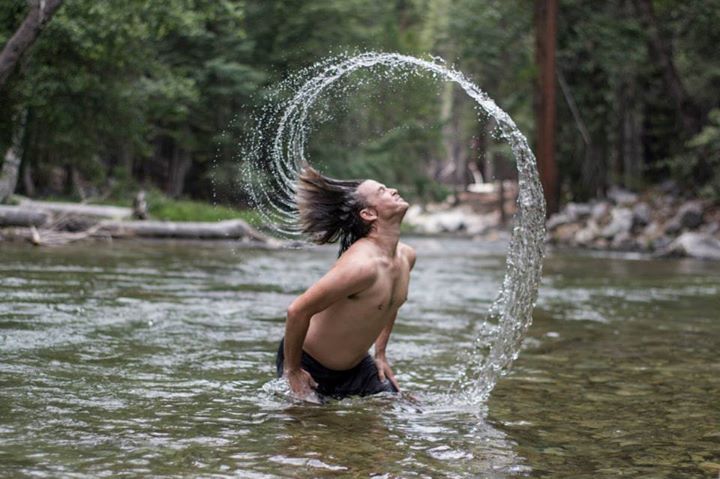
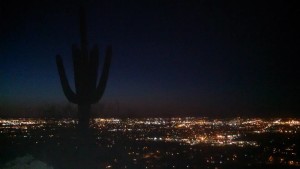
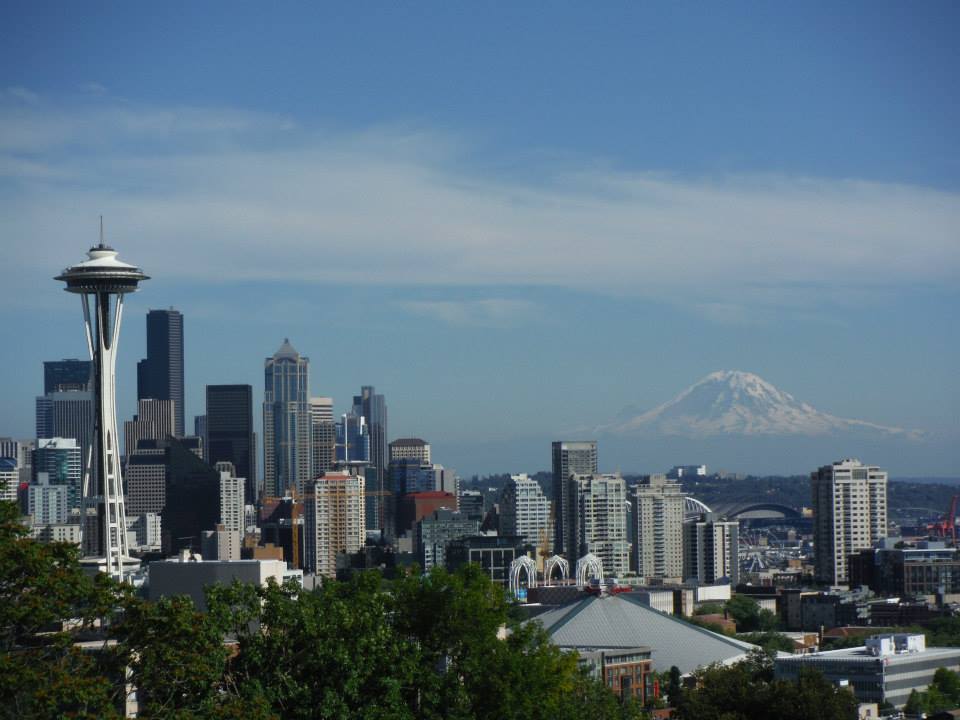
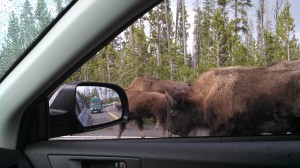 And then the weather turned. It rained and hailed all night. The echoes of the thunder boomed off the surrounding mountains. Lying awake in my tent, I counted the seconds between lightning flashes and thunder crashes and determined some strikes were within two miles of camp.
And then the weather turned. It rained and hailed all night. The echoes of the thunder boomed off the surrounding mountains. Lying awake in my tent, I counted the seconds between lightning flashes and thunder crashes and determined some strikes were within two miles of camp.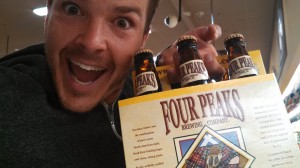 In Leavenworth, Wash., it was photographs of the Pacific’s rocky coasts and the Northwest’s glacial lakes. In Bozeman, Mont., it was paintings of beautiful rivers, big mountains, and, of course, bison.
In Leavenworth, Wash., it was photographs of the Pacific’s rocky coasts and the Northwest’s glacial lakes. In Bozeman, Mont., it was paintings of beautiful rivers, big mountains, and, of course, bison.